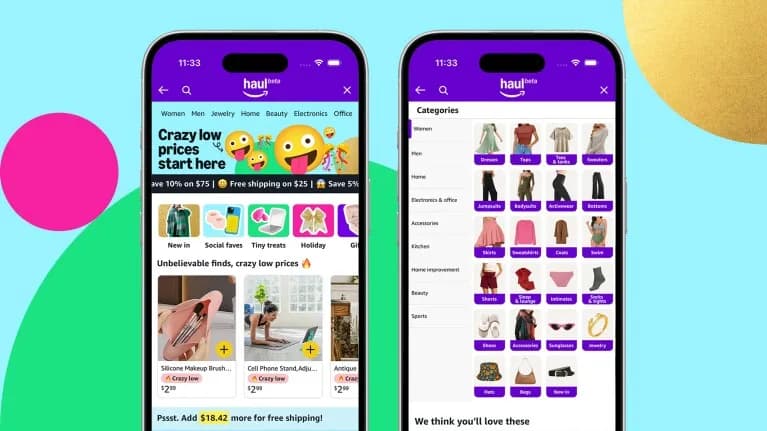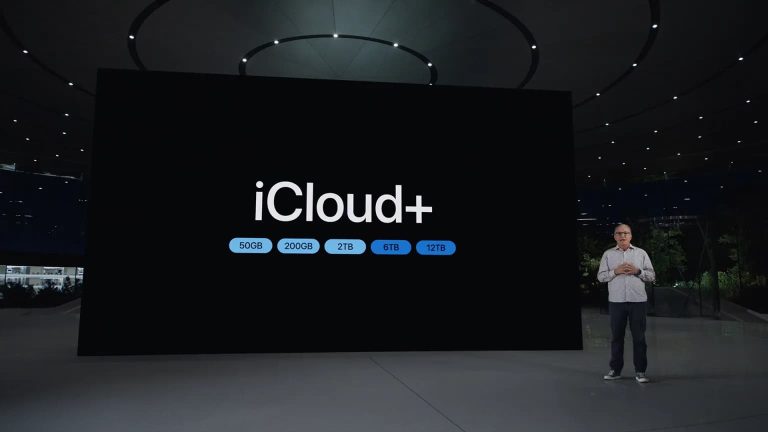Email marketing is extremely popular, affordable and efficient. It’s no wonder, then, that a multitude of businesses are using them, but not all of them are successful.
How come?
First of all, the idea that sending random offers to random people is counter-productive, and not everyone is a skilled marketer. Email marketing strategies are complex and need to be adjusted regularly. Keeping track of the insights and keeping an eye on the competition while at the same time remaining evergreen and publishing new, quality content on a regular basis is a time-consuming task, indeed.
However, even businesses who take email marketing seriously often lack the vision to make a difference.
For the most part, brands are focused on advertising various promotions, in a more or less creative way. No matter the approach, the offer is rarely unique and common email users receive 13 marketing emails a day, according to statistics.
The key lies in using email in an unexpected yet efficient way, while adhering to the golden rule of stellar subject lines and content.
Let’s see how email can be used both differently and efficiently.
1. Instant Follow Ups
One way to make a difference with your email marketing campaigns is to grab opportunities as they occur. For example, when a significant event takes place, you can follow up with an email, or you can even use your email to schedule a meeting to kick off a new campaign.
E.g., if you are selling handbags and a celebrity appears on TV wearing one, you can follow up with an email to boost the popularity of the product.
To be able to do this, you’ll need to have a pre-prepared template ready to be used on the go (at least one). Another way is to write a couple of alternative emails in advance and adjust them as needed. The latter is only efficient if you know the possible outcomes, so it is a bit more difficult than the template option.
An example of alternative emails may be an album seller, preparing a couple of emails promoting different artists, one of which is to win the upcoming Grammy Awards.
2. Favorites
Sending an email promoting your favorites to new subscribers (or most popular choices based on insights) is a good way to recycle content and keep adhering to your business promise and quality statement.
New subscribers, as a rule, are interested in learning more about your brand. This curiosity can be curated carefully to promote these people into loyal customers in the long run. Insights can be helpful when you’re getting started as they can help you choose the products/services likely to appeal to the subscriber’s taste.
For example, if a subscriber is interested in a particular product, you can send an email promoting five similar products. Some experimenting is fine, but remember to trigger recipients’ curiosity.
3. Changing Circumstances
Be aware of how any unforeseen circumstance can affect a campaign. Most businesses send automated messages, which are all too easy to forget about.
While welcome emails and order confirmations may well be considered “safe” to forget, sometimes the situation calls for prompt adjustments, such as unsending an email to make quick edits.
Imagine this situation: you are an umbrella seller and are set to send a special offer to an audience that was recently struck by a flood. Not good! Always stay on top of the developments and don’t forget about your automated campaigns.
However, this situation may well be turned around to benefit you. If you work around the campaign to send a different message, your customers are certain to appreciate it.
Whenever there’s a disastrous situation, empathy is appreciated. Think about ways to help people overcome the circumstances. In that way, you’ll create top-of-mind awareness.
4. Testimonials
Admittedly, not all brands know how to use testimonials to their benefit, often managing to annoy people rather than to inspire them to action. If you don’t know how to use testimonials to your benefit, it’s high time you learned it.
It is a well-known fact that people trust reviews, specifically trusted ones. Paid reviews may be all the rage these days, but they are a double-edged sword, especially for inexperienced marketers.
Testimonials can be used in a number of ways. Sending an email out of the blue is not the best of ideas, but an auto-respond message featuring chosen testimonials may be a good idea.
The timing of these emails is important. You can send them when a new product is about to be launched or when promotions are in full swing, for example. And remember that this can work for any industry — whether you’re discussing motivating retail employees or implementing your next content marketing strategy.
5. Creative Announcements
Inspiring excitement is one way to go about promotions, and email marketing campaigns are no different. Provided that you’re using insights, you should be able to create a whole series of emails revolving around upcoming products.
If uncertain how to start, make excitement your goal. When you know the preferences of your audience(s), it’s all too easy to customize campaigns to build anticipation.
For example, an announcement email of the upcoming product launch is a great idea. Such an email should be targeting existing users and the aim should be to expose a new product and increase traffic to your website.
The same approach can be applied to feature releases, for example updates and variations of the products you know your customers like.
Use Templates
Many of these campaigns can be stepped-up with the help of templates. Look up some ideas; there are actually numerous free templates available online.
It’s always better to create your own templates in line with your marketing strategy, but you can use widely available ideas to get started.
Finally, preparing variations of an email (as underlined in the Grammy Awards example) is also sustainable. Over time, you’ll get used to customizing your templates and make the process a whole deal easier.
Conclusion
Emails are, as we all know, a powerful advertising tool. It would be a waste of the opportunity to stick to generalized recommendations when there are so many options available. Don’t be afraid to experiment!
Whatever you do, listen to customers’ feedback and keep an eye on the insights. These two approaches are certain to help you brainstorm all email campaigns to come.
Dare to be different and success will inevitably follow.





